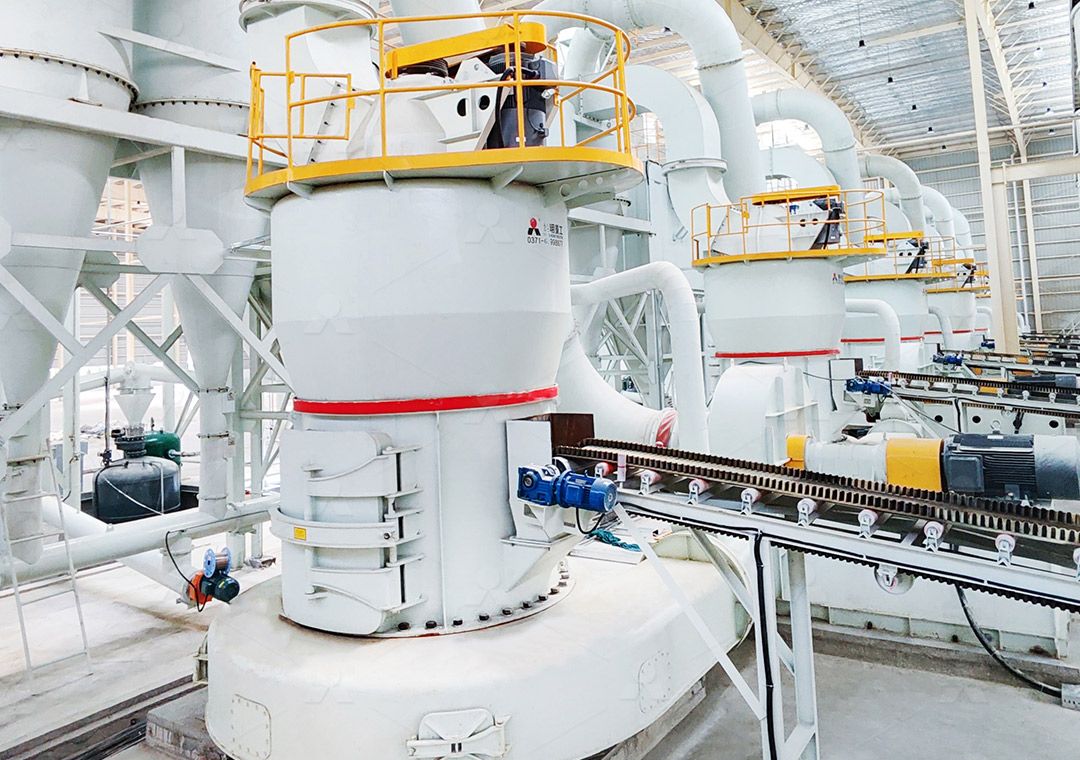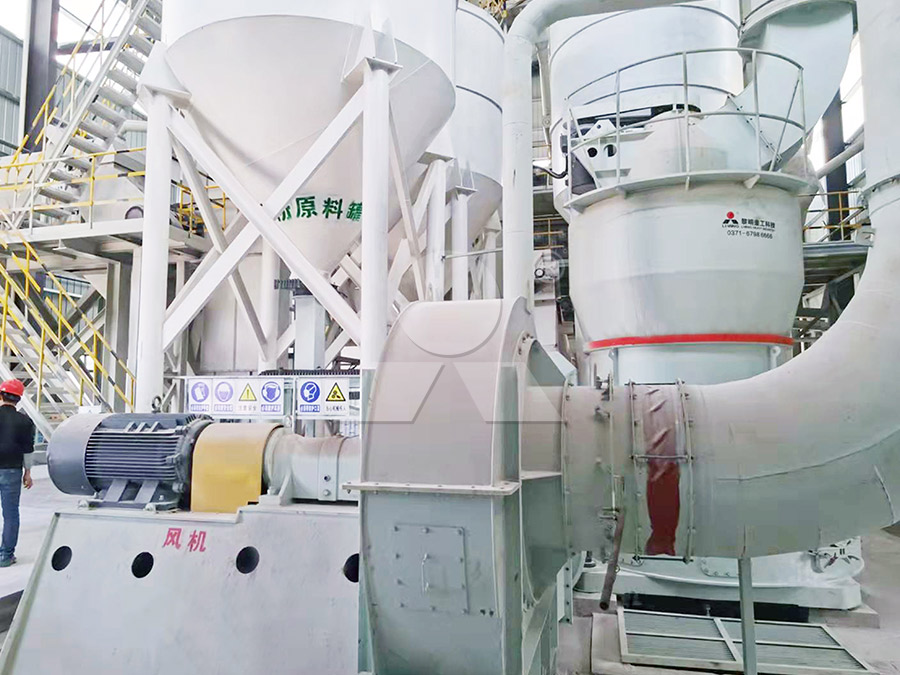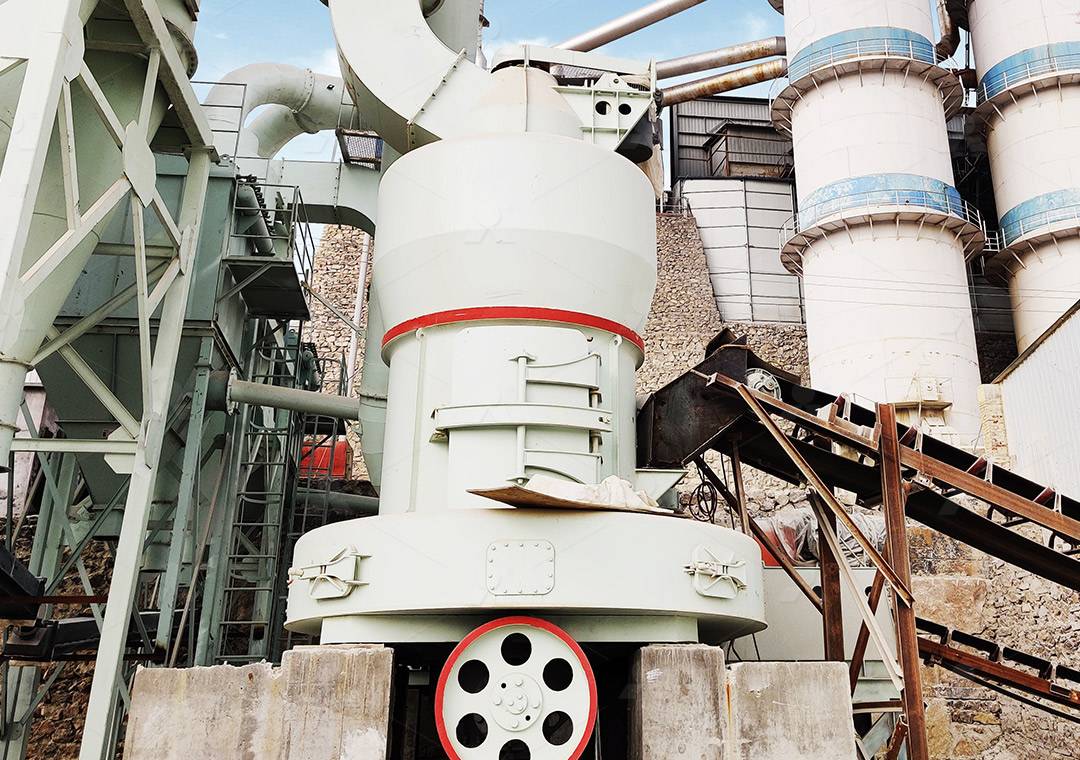6R Raymond Mill for Bauxite Grinding: Key Features and Applications
Optimizing Bauxite Processing with Advanced Grinding Technology
Bauxite, the primary ore for aluminum production, presents unique challenges in mineral processing operations. Its abrasive nature and varying moisture content demand robust grinding solutions that can deliver consistent particle size distribution while maintaining operational efficiency. The 6R Raymond Mill has emerged as a preferred choice for bauxite processing plants worldwide, offering a balanced approach to productivity and cost-effectiveness.

Technical Superiority in Bauxite Applications
The 6R Raymond Mill incorporates several design innovations specifically beneficial for bauxite grinding. With six grinding rollers operating in synchronization, this mill generates substantial grinding pressure while maintaining stable operation. The enhanced spring pressure system ensures consistent contact between rollers and grinding ring, crucial for handling bauxite’s variable hardness. The mill’s capacity range of 0.6-5 tph makes it suitable for medium-scale operations, while its ability to handle input sizes up to 25mm reduces the need for extensive pre-crushing.
What sets the 6R Raymond Mill apart in bauxite applications is its intelligent airflow system. The precisely controlled air circulation not only transports ground material but also assists in moisture management – a critical factor when processing bauxite with varying water content. The integrated separator allows for real-time adjustment of product fineness, typically achieving 80-400 mesh ranges required for downstream alumina extraction processes.
Operational Advantages for Mining Operations
Mining operations appreciate the 6R Raymond Mill’s straightforward maintenance requirements. The centralized lubrication system ensures all critical moving components receive proper lubrication without interrupting production. For bauxite processing, where abrasive wear is a significant concern, the mill’s grinding rollers and rings manufactured from high-chromium alloy provide extended service life, reducing downtime for component replacement.
The environmental performance of the 6R Raymond Mill aligns with modern mining standards. Its efficient dust collection system captures over 99% of particulate matter, while the noise reduction measures maintain workplace comfort. The compact footprint of the complete grinding system makes it suitable for operations where space is at a premium.

When to Consider Advanced Grinding Solutions
While the 6R Raymond Mill serves excellently for standard bauxite grinding requirements, operations demanding ultra-fine powders or processing other industrial minerals might benefit from exploring advanced alternatives. For instance, our MW Ultrafine Grinding Mill represents the next evolution in grinding technology, capable of producing powders between 325-2500 meshes with remarkable energy efficiency.
The MW series incorporates German powder separation technology and features a unique design that eliminates rolling bearings and screws in the grinding chamber, addressing common failure points in conventional mills. With capacity ranging from 0.5-25 tph and the ability to process materials up to 20mm input size, this mill achieves 40% higher production capacity compared to jet mills while consuming only 30% of the energy. For operations requiring even finer control, our LUM Ultrafine Vertical Grinding Mill combines Taiwanese roller technology with German powder separation, offering exceptional precision for superfine dry powder production.
Maximizing Return on Grinding Investment
The economic analysis of bauxite grinding operations must consider both capital expenditure and operating costs. The 6R Raymond Mill offers an attractive balance, with lower initial investment compared to more complex vertical mills while delivering reliable performance. However, for operations focused on premium product markets or requiring extremely fine powders for specialized applications, the higher efficiency of advanced mills like the MW series often justifies the additional investment through reduced energy consumption and maintenance costs.

Frequently Asked Questions
What is the typical production capacity of a 6R Raymond Mill for bauxite grinding?
The 6R Raymond Mill typically processes 0.6-5 tons per hour of bauxite, depending on material characteristics and required fineness. The actual throughput may vary based on moisture content, hardness, and feed size distribution.
How does the 6R Raymond Mill handle the abrasive nature of bauxite?
Critical wear components like grinding rollers and rings are manufactured from special wear-resistant alloys that withstand bauxite’s abrasiveness. The mill design also incorporates replaceable wear plates in high-abrasion areas, extending maintenance intervals.
What particle size range can be achieved when grinding bauxite?
The 6R Raymond Mill typically produces bauxite powder in the 80-400 mesh range (180-38 microns). Finer adjustments are possible through separator speed modifications and airflow adjustments.
When should I consider upgrading to more advanced grinding technology?
Operations requiring product fineness beyond 400 mesh, those processing multiple mineral types, or facilities focused on maximizing energy efficiency should evaluate advanced options like our MW Ultrafine Grinding Mill or LUM Vertical Mill.
What auxiliary equipment is typically required with a 6R Raymond Mill system?
A complete system includes jaw crusher for preliminary size reduction, bucket elevator, vibrating feeder, cyclone collector, pulse dust collector, and electrical control cabinet. We provide integrated solutions tailored to specific capacity requirements.
